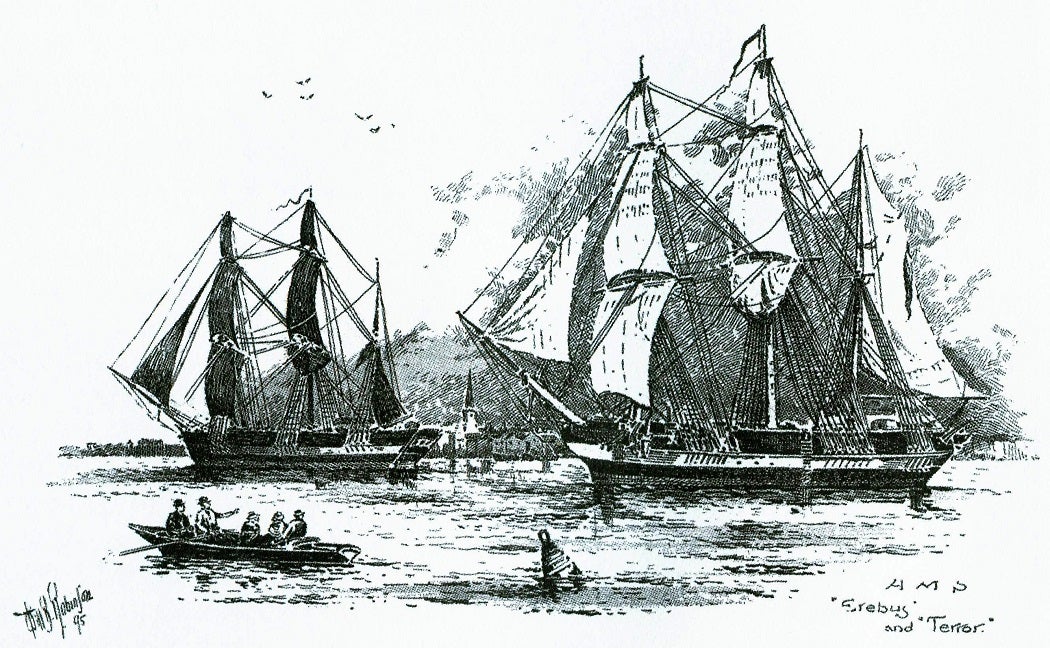In 1845, Sir John Franklin, a British naval officer and renowned Arctic explorer, set sail from England, leading an expedition of two ships and 128 men into the dangerous ice-filled waters of the Canadian Arctic. The expedition sought to navigate the Northwest Passage—a North American sea route connecting the Atlantic and Pacific Oceans—and to advance mapping efforts within the distant polar region. They never returned.
Numerous reconnaissance missions were attempted, but none succeeded in finding the ships. Over the years, a variety of hypotheses regarding their disappearance have been put forth and tested, including suggestions that lead poisoning may have been involved, but none could be confirmed.
Then, on Tuesday, Sept. 9, 2014, the Canadian government made a surprising announcement: a search team, headed up by an underwater archaeologist, and employing advanced sonar technology—as well as a remote-controlled underwater vehicle—had located one of the ships in the territory of Nunavut.
You might say it marks a poignant, yet fitting, end to the mystery: the discovery of Franklin’s shipwreck has resulted from the same adventurous, scientific spirit that he and his men had embodied when they set out.







